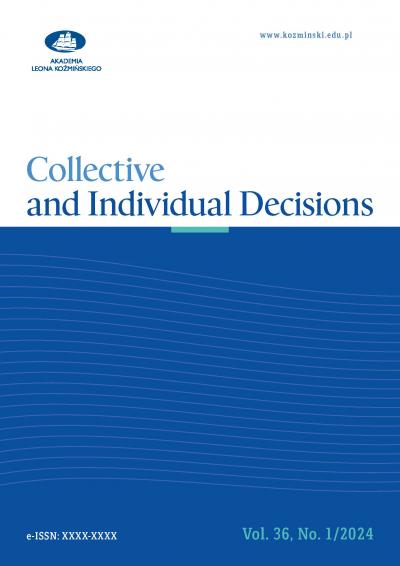Ocenianie strategiczne
Daria Boratyn
Uniwersytet Jagielloński w Krakowie
6/2019 (31) Decyzje
DOI 10.7206/DEC.1733-0092.119








